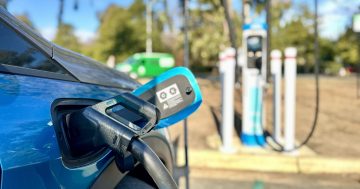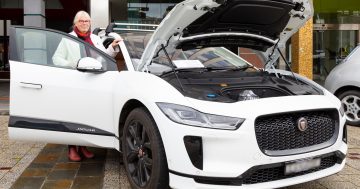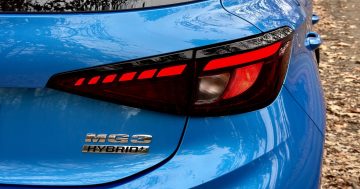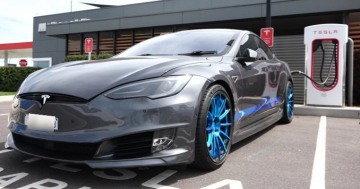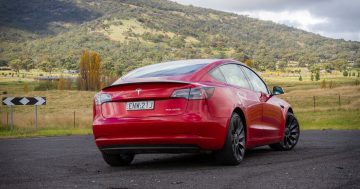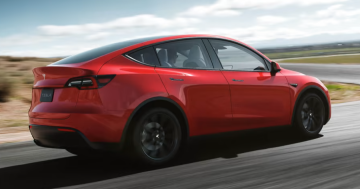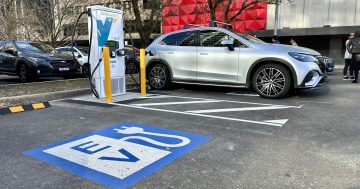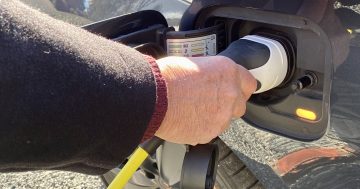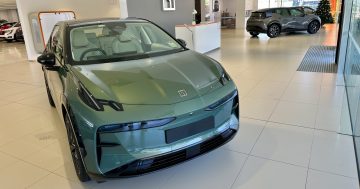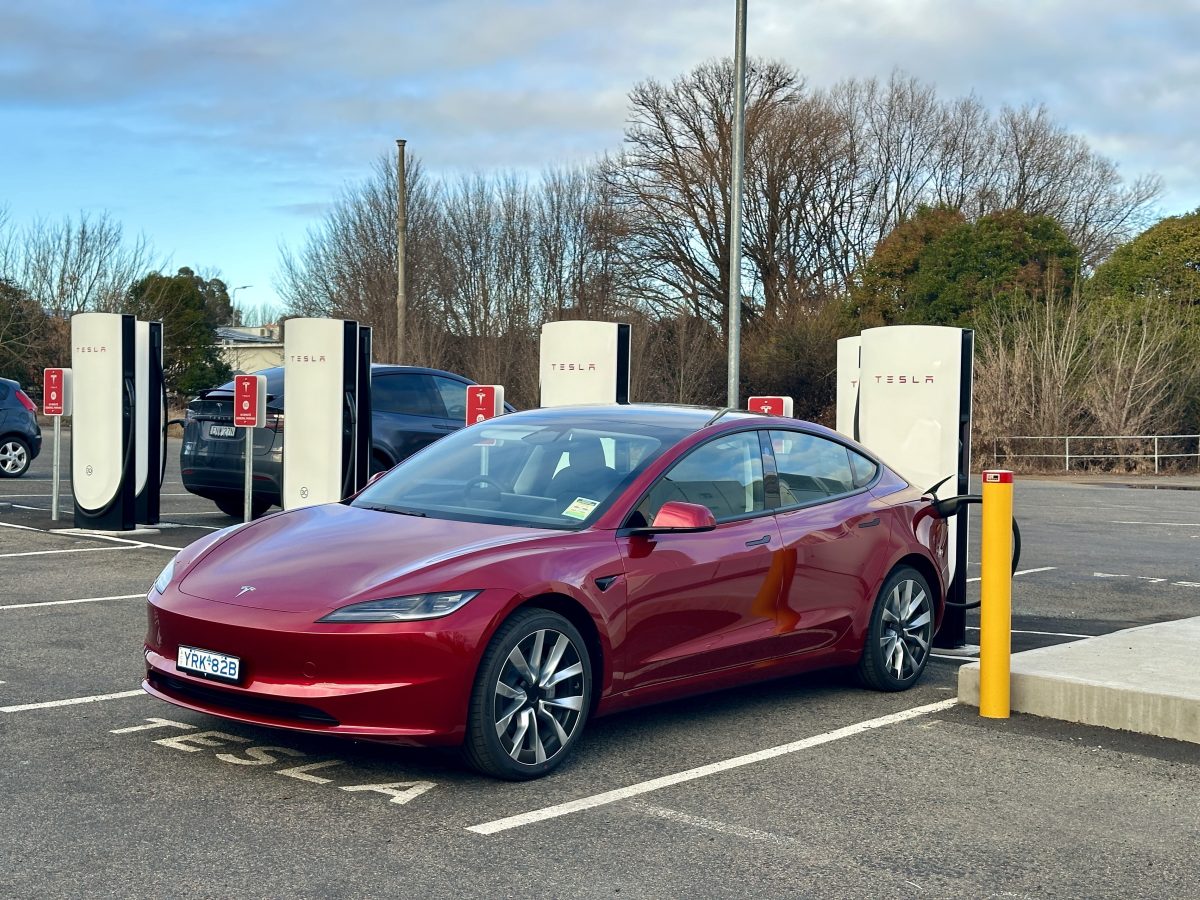
Tesla continues to be the most popular choice of EV buyers but the Chinese brand BYD and others are catching up. Photo: James Coleman.
New electric vehicle sales in Australia reached an all-time high in 2024, in spite of the loss of buyer incentives in some states and the cost of living crisis.
Fresh data from the Electric Vehicle Council and public sources show that about 114,000 new battery electric vehicles (BEV) and plug-in hybrid electric vehicles (PHEV) were sold in Australia in 2024, up on the previous record of more than 98,000 sales in 2023.
The great majority of these were BEVs, with about 91,000 sold and about 23,000 PHEVs making up the rest.
Nearly one in 10 new car sales were EVs (9.65 per cent) compared with a market share of 8.45 per cent in 2023.
The ACT led the way, with about 25 per cent of new sales being EVs.
But demand has softened, with the 2024 figures falling short of a forecast 11 per cent share.
The Council’s head of policy, legal and advocacy, Aman Gaur, said the 2024 electric vehicle sales results were still encouraging, especially after an extraordinary 2023 and in a year when Australians were smashed by high interest rates and the high cost of living.
Mr Gaur said some states also prematurely withdrew crucial incentives that would have boosted adoption further, and an ongoing scare campaign had not helped.
“Last year’s steady increase in EV sales and market share builds on a bumper 2023,” he said.
“Year after year, electric vehicle sales in Australia continue to climb, proving that demand for cleaner, more affordable driving is here and it’s rising.
“This growth includes an increase in the share of BEVs sold in Australia, with pure electric vehicles still making up the majority of overall EV sales.”
Mr Gaur said that while plug-in hybrid electric vehicles were gaining popularity, about 80 per cent of new EVs sold in Australia were battery electric vehicles, which were also experiencing growth year on year.
“If you can plug your car into electricity, it’s an EV that’s reducing both driving costs and emissions,” he said.
Mr Gaur said that more charging infrastructure, a wider range of models at more competitive prices, and the continuation of key purchase incentives had convinced more Australians to switch to electric.
Incentives for second-hand EVs were also crucial.
“Most Australians buy used cars instead of new ones, but the pre-owned EV market is still developing so targeted financial incentives and support is required to boost uptake and create a self-sustaining market,” Mr Gaur said.
He said Australia still had a long way to go to match adoption rates of other developed nations.
However, the introduction of the New Vehicle Efficiency Standard this year was a promising step forward.
“Accelerating momentum will also require increased investment in infrastructure, more incentives, updated regulations, nationally consistent policies, and proactive efforts to combat misinformation.”
The Federal Government has announced a plan to boost EV sales with $150 million worth of low-interest loans for workers earning less than $100,000 a year.
The loans, available through Commonwealth Bank, are also open to essential workers such as police officers, teachers, firefighters and nurses, regardless of income.
The government said the loans would be offered at interest rates up to five percentage points lower than the standard rate, which could save more than $8000 in interest for a $40,000 loan repaid over seven years.
Mr Gaur said the timing of this announcement was welcome.
“One of the main barriers to owning an EV is the upfront cost, so low interest loans for low and middle-income Australians will help overcome this,” he said.
“These low interest loans for battery electric vehicles build on other federal government measures including the FBT exemption, and investment in a nationwide charging network.
“Low interest loans for EVs come at an opportune time, as more electric cars become available in Australia with the launch of the government’s New Vehicle Efficiency Standard.”
Mr Gaur said there was still too much scaremongering going on about EVs, from performance through to environmental impact and safety.
“One of the most common misconceptions we are trying to address is fire safety concerns which can affect insurance costs and coverage in buildings,” he said.
“The truth is, electric vehicle battery fires are extremely rare. EVs are 20 times less likely to catch fire than petrol or diesel cars, and the handful of EV fires that have occurred in Australia since 2010 occurred due to a significant external factor such as arson or a high speed crash.”
Tesla and BYD dominate the new sales figures among the top 30 models, but more brands are expected to enter the market in 2025 including Zeekr, Geely and DEEPAL.












